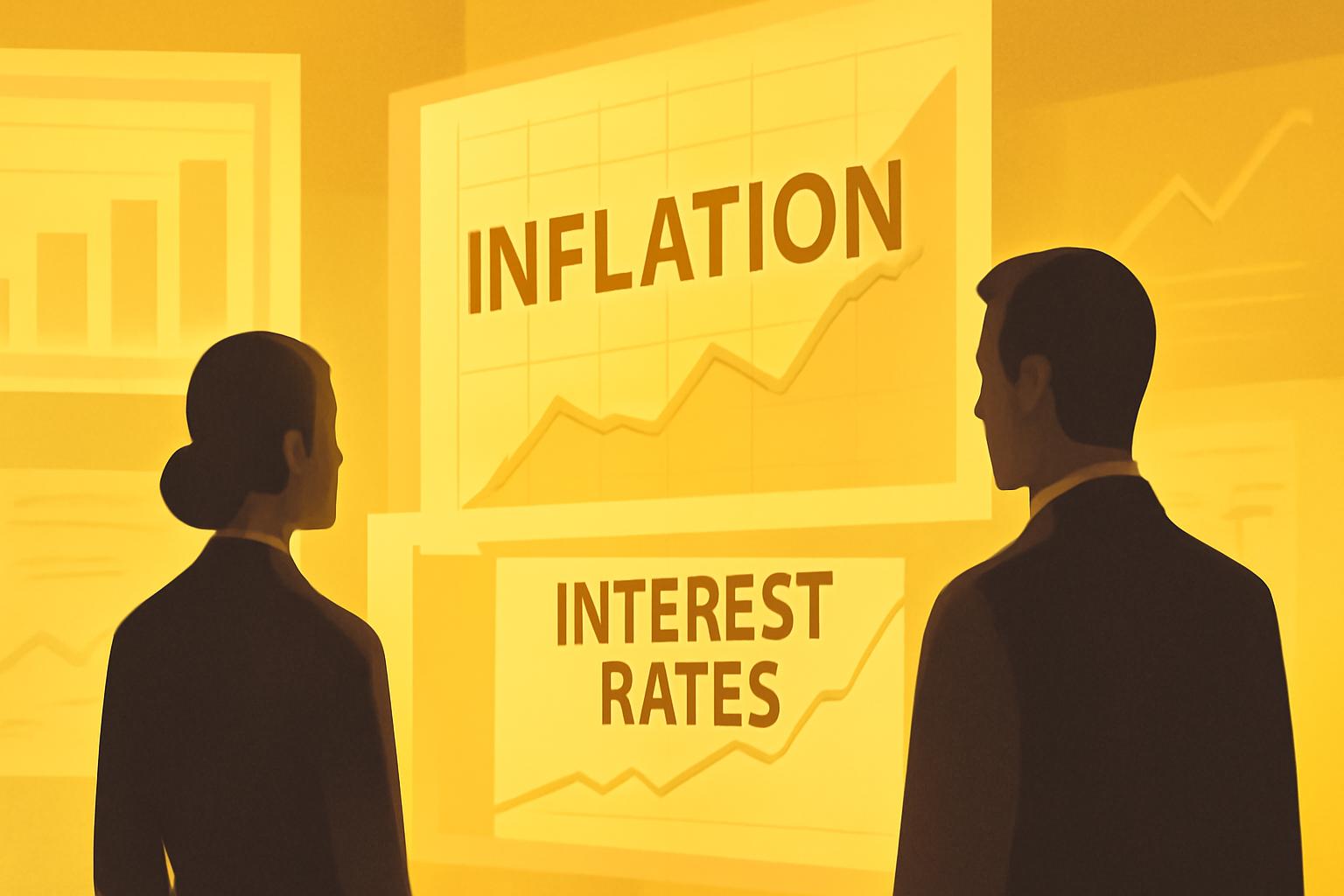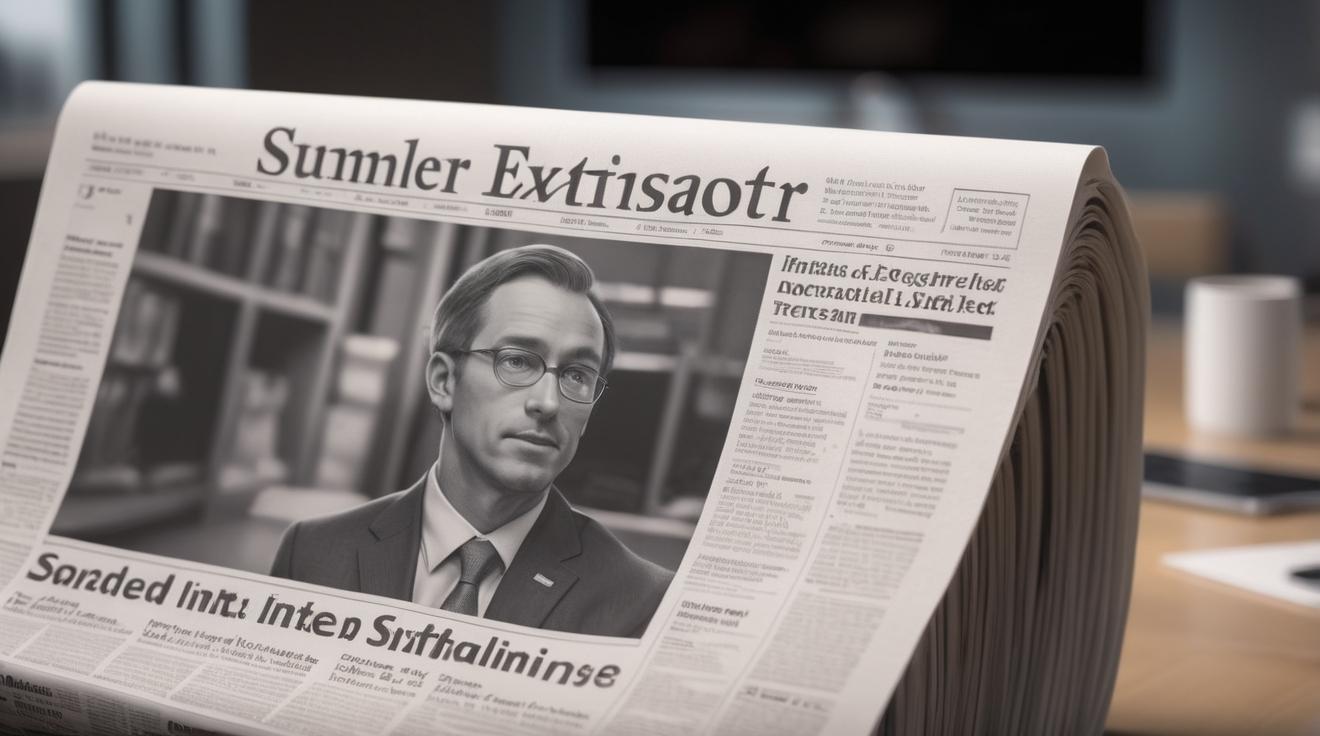Persistent Inflation Worries Dominate Fed Discussion
Federal Reserve Bank of Cleveland President Beth Hammack warned on Monday that the U.S. central bank continues to face significant inflation challenges. Speaking on CNBC’s “Squawk Box Europe,” Hammack underscored the difficulty in meeting the Fed’s inflation mandate, which has remained above the 2% target for more than four-and-a-half years. “I continue to be worried about where we are from an inflation perspective,” Hammack said, emphasizing persistent price pressures not only in headline and core inflation indices but especially within the services sector.Balancing Act: Inflation Control vs. Job Protection
Hammack described the current environment as “a challenging time for monetary policy,” highlighting the Federal Reserve’s dual mandate pressures. The central bank must weigh the risks of tightening too aggressively against the danger of allowing inflation to become entrenched. When questioned about whether cutting interest rates amid these inflation concerns is a mistake, Hammack refrained from a definitive stance but acknowledged the complexity of the decision.Recent Fed Rate Cuts and Market Reactions
Earlier this month, the Federal Reserve implemented a widely anticipated 25 basis point rate cut, setting the benchmark overnight lending rate to a range of 4.00%–4.25%. The Fed also signaled the possibility of two additional rate reductions before the year ends. However, subsequent stronger-than-expected economic data have led investors to temper expectations for rapid monetary easing. This dynamic has introduced uncertainty into the trajectory of future Federal Reserve policy moves.FinOracleAI — Market View
Beth Hammack’s comments underscore the persistent inflation challenge that complicates the Federal Reserve’s policy path. Inflation’s stubbornness, especially in services, suggests that premature easing could risk derailing price stability efforts. Conversely, the need to sustain employment growth tempers aggressive tightening.- Opportunities: Gradual rate cuts could support labor markets and economic growth if inflation shows clear signs of moderation.
- Risks: Inflation remaining elevated may force the Fed to halt or reverse rate cuts, potentially unsettling markets.
- Stronger economic data may delay monetary easing, increasing volatility in bond and equity markets.
- Service sector inflation pressures could signal broader price stickiness, complicating Fed’s inflation targeting.
Impact: Hammack’s cautious stance signals a neutral-to-negative market impact, as inflation concerns persist despite recent rate cuts. Market participants should prepare for a potentially prolonged period of policy uncertainty.













